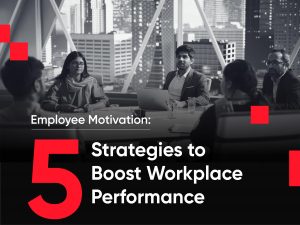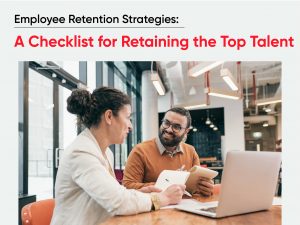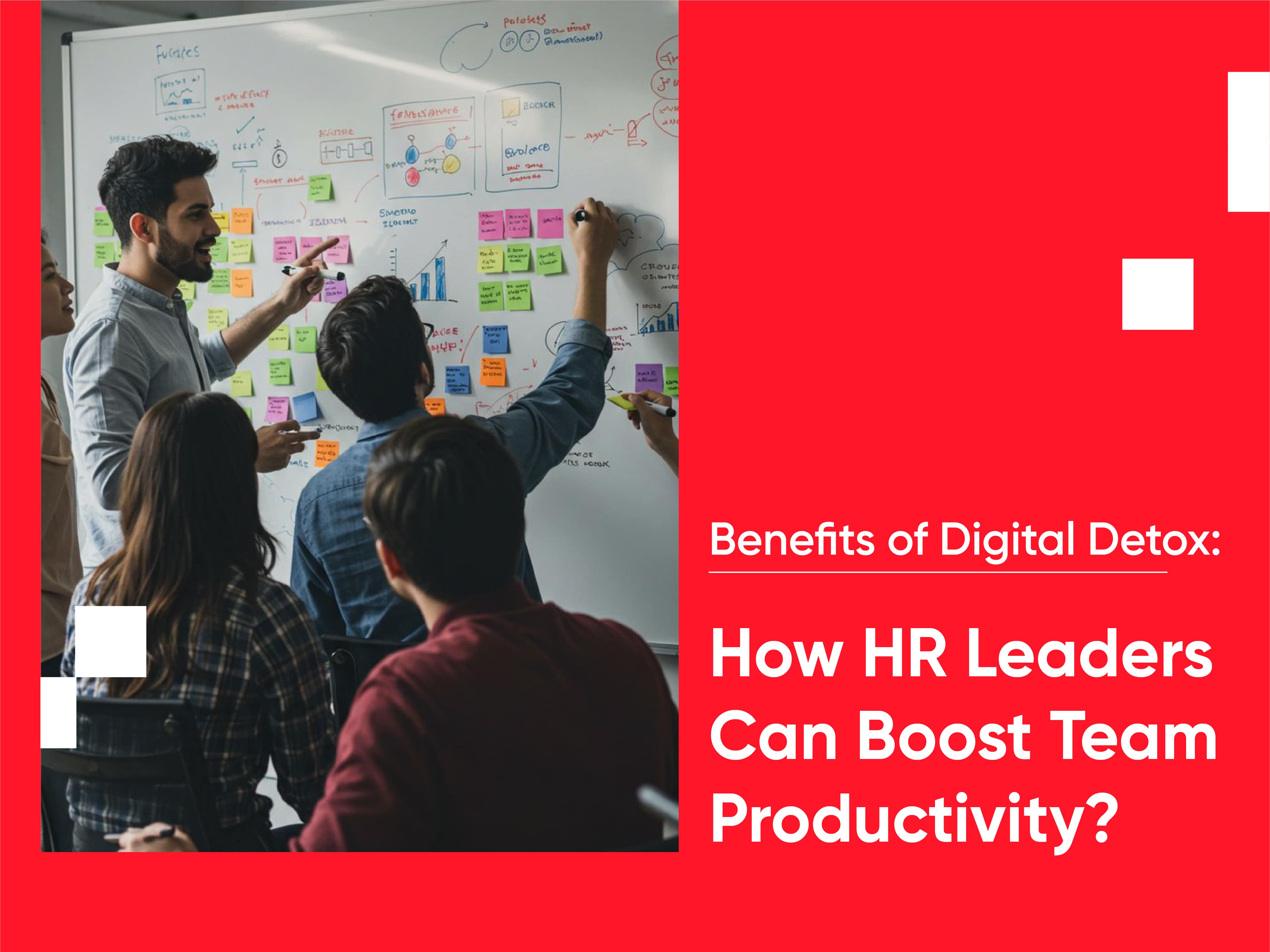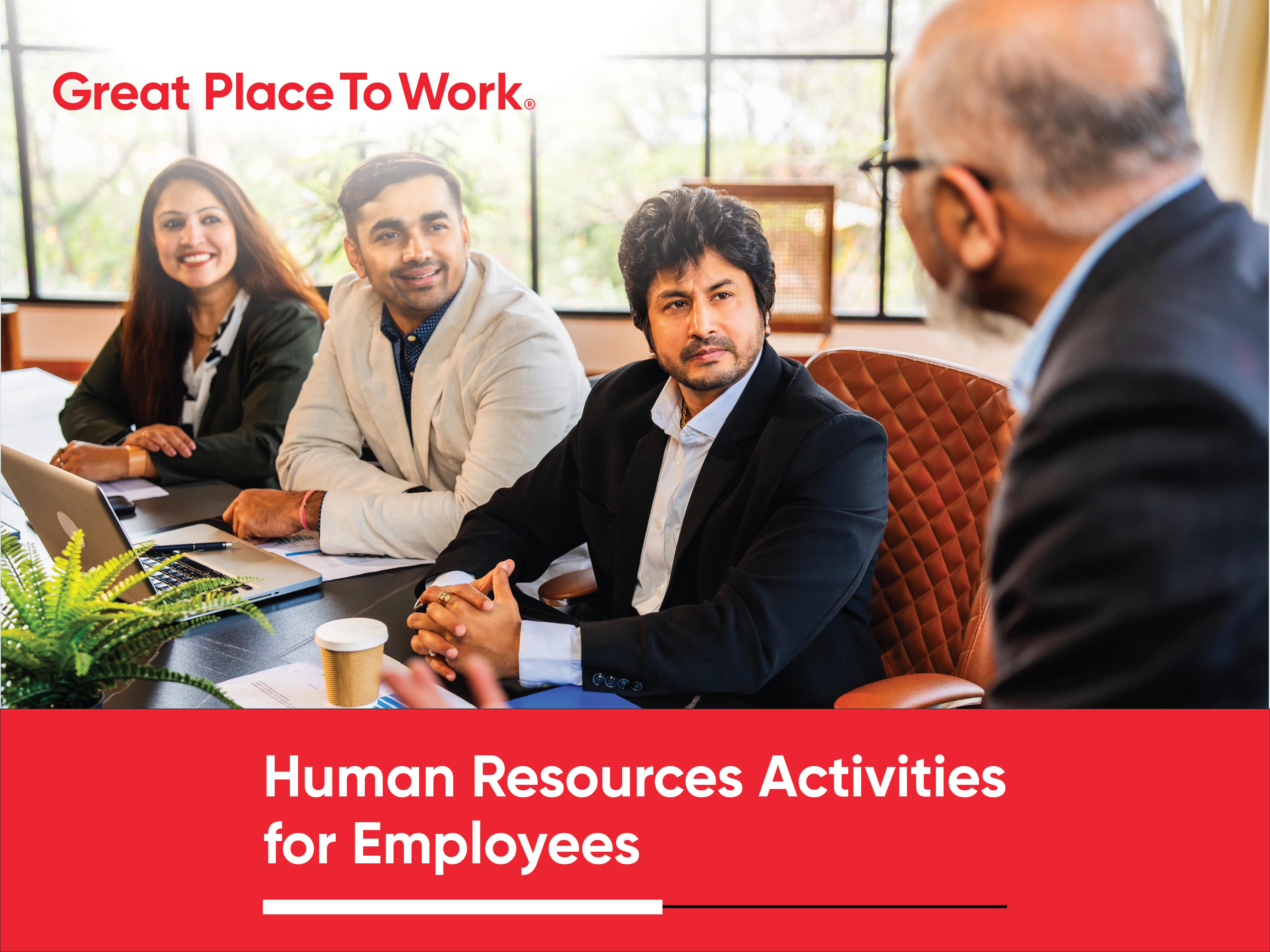Reading Time: 3 minutes
Amidst the hustle of daily tasks and deadlines, one critical aspect often gets overlooked – the well-being of employees. Recognizing employee wellness’s profound impact on organizational success, forward-thinking companies are shifting their focus toward cultivating environments that prioritize holistic health and happiness.
In this blog, we will embark on a journey to explore the six levers of workplace wellness, each serving as a crucial component in fostering a thriving and sustainable organizational culture. From physical health initiatives to fostering psychological safety, these levers offer a comprehensive framework for organizations to enhance employee well-being and unlock their full potential.

The Workplace Wellness Framework
Great Place To Work® conducted an extensive analysis, scrutinizing millions of data points across various industries and demographic profiles. This exhaustive research uncovered the fundamental factors contributing to employee well-being and organizational success. After meticulous examination, our team identified six key levers that form the bedrock of the Workplace Wellness Index™. These levers serve as pillars, empowering organizations to cultivate environments that prioritize their employees’ physical and psychological safety.
Our research identified these key levers as important contributors to creating a culture of holistic wellbeing. While the percentage contribution of each lever may vary, they all play a critical role in fostering a positive work environment that nurtures employee well-being and in turn, inspires them to give their best.

Responsible Leadership
Responsible leadership is vital for workplace well-being as it cultivates trust, fairness, and employee support. With a 21% effect on well-being, this leadership style fosters open communication, reduces stress, and enhances satisfaction. By prioritizing integrity, equity, and empathy, responsible leaders create an environment where employees feel valued, respected, and supported in their personal and professional growth. Ultimately, this leads to higher morale, engagement, and productivity, benefiting both individuals and the organization.
Supportive Managers
According to our research, supportive managers are pivotal for workplace well-being, with a 19% effect. They offer guidance, encouragement, and resources to empower employees, fostering trust, motivation, and growth. By prioritizing employee needs and providing support, they reduce stress and promote a positive work environment, ultimately enhancing job satisfaction and productivity.
Sense of Community
A strong sense of community in the workplace is a cornerstone of employee well-being, with a significant 21% effect. This sense of belonging fosters collaboration, inclusivity, and support among colleagues. Employees feel valued and motivated to contribute to the organization’s success as part of a supportive community. Moreover, this community provides a vital support network during challenging times, enhancing resilience and overall job satisfaction.
Autonomy & Fulfillment
Autonomy and fulfillment in the workplace have a substantial 18% effect on overall well-being. Employees with autonomy over work feel empowered and motivated, leading to greater job satisfaction. Moreover, when individuals find fulfillment in their roles, they experience a sense of purpose and meaning, contributing to their overall happiness and well-being. Cultivating autonomy and fostering opportunities for fulfillment are essential for creating a thriving and fulfilling work environment.
Health
Health is a cornerstone of workplace well-being, significantly impacting employee performance and satisfaction. Prioritizing health initiatives, such as wellness programs and ergonomic workspaces, promotes physical and mental well-being. Employees who feel supported in their health endeavors are more engaged, productive, and resilient. Moreover, a healthy workforce reduces absenteeism and healthcare costs for organizations, improving overall performance and success. Investing in employee health is essential for creating a thriving and sustainable workplace culture.
Enabling Work Environment
An enabling work environment, with a substantial 21% impact on overall well-being, is essential for fostering employee satisfaction and productivity. By providing the necessary resources, support, and opportunities for growth, organizations empower employees to perform at their best. This environment encourages innovation, collaboration, and continuous learning, enhancing job satisfaction and professional fulfillment. Moreover, an enabling work environment promotes a culture of trust, transparency, and accountability, ensuring that employees feel valued and supported in their roles.
Benefits of prioritising wellbeing

Prioritizing employee well-being yields significant benefits, as evidenced by the disparity between the top and bottom-quartile companies. On average, employees in top-quartile companies report 7-15% more positive responses on engagement indicators than those in the bottom quartile. This difference spans various aspects of employee perception, with the most pronounced disparities observed in motivation (15%) and discretionary effort (12%). Even the least disparity in retention (10%) and organizational pride (7%) underscores the tangible impact of prioritizing well-being on overall employee engagement and organizational success.
Prioritizing employee well-being yields tangible benefits, as evidenced by our research. Investing in well-being fosters higher engagement, motivation, and organizational pride, ultimately driving success. Visit us here to learn more.











